Martin Cavannagh
Contributor
Contributor
Writer, presenter, and Head of Content at Reedsy. As the host of Reedsy Live, Martin has had the pleasure of sharing cutting-edge insights from some of the world's best editors, designers, marketers, and the occasional bestselling author. His newsletters, live streams, and blog posts reach millions of writers each month, inspiring the next generation of beloved writers.
Martin has appeared on various panels (both virtual and in-person), including the Writer's Summit at the 2024 London Book Fair. Outside of books, his interests include hillwalking, the films of Wong Kar-Wai, and discovering great local noodle dishes.
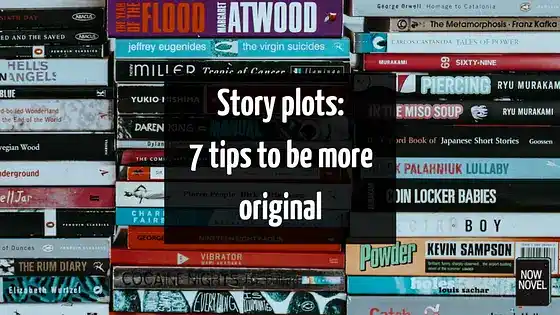
Clichéd story plots weaken an otherwise good story, a story where characters and settings are vivid. To tell a story that feels original and inventive, it's key to learn plot clichés to avoid. Yet many original stories do use common tropes. The key is to make famous story types and scenario...
August 24th, 2017
Read post...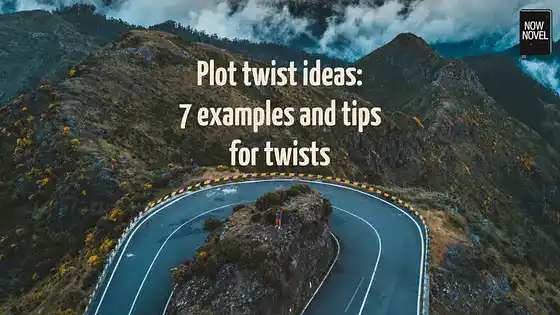
A good plot twist adds intrigue, suspense or surprise to a novel. Plot twists are particularly popular in suspense-heavy novels such as murder mysteries, because they prolong suspense-creating questions about cause and identity. Read 7 examples of effective plot twists and what they teach us: ...
August 7th, 2017
Read post...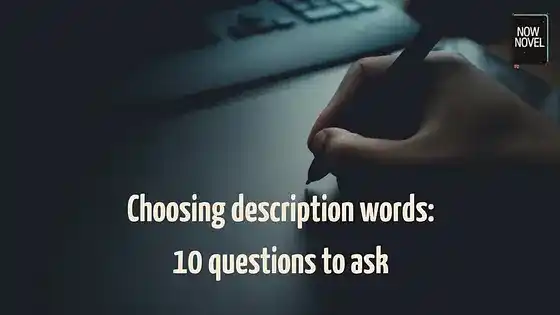
There are endless ways to describe someone, from physical description to verbal tics, personal views and more. Here are 10 questions to ask about your description words to help you make your writing vivid: 1: What are the most precise, descriptive nouns? Often when we think of description ...
July 3rd, 2017
Read post...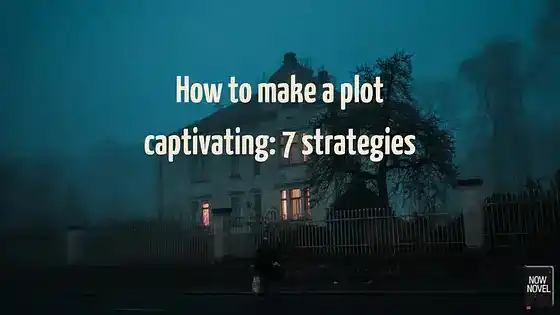
Sometimes you get half way through a story or novel before you realize that your plot is missing something. Maybe it plods and meanders, or there is a sameness of tension and pace. These 7 strategies will help you make a plot more captivating: 1: Vary the intensity of rising and falling actio...
May 2nd, 2017
Read post...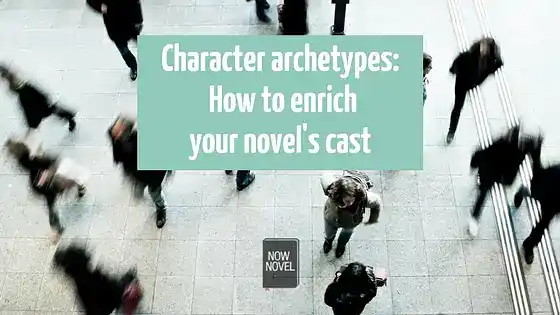
The best-loved fiction for children, teens and adults shares characters who feel familiar. This is because effective characters often have strong archetypal qualities. They have combinations of fears and goals - character psychology - we've seen before. What are character archetypes, exactl...
April 24th, 2017
Read post...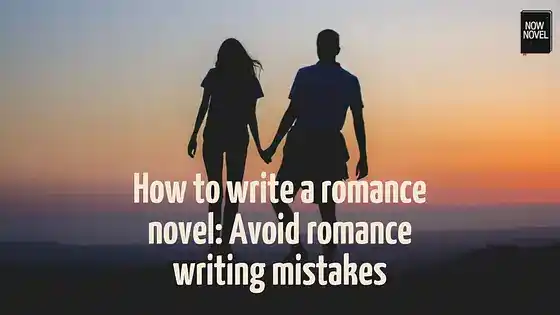
Writing romance is perennially popular, and romance novels continue to sell in great numbers. Learn how to write a romance novel and avoid clichés in your love story ideas, themes and characters. Start with these 9 romance writing tips: Know the romance genre (and your own subgenre) inside o...
February 13th, 2017
Read post...